You’ve probably seen those viral clips where someone types a few words, and boom—a fully composed song pops out of thin air. It feels like sorcery, but it’s actually the power of AI music generator. These aren’t gimmicks; they’re advanced software systems that can craft melodies, beats, and even vocals—all without a single human musician pressing a key.
This article will dive deep into what AI music generator are, how they work behind the scenes, and why everyone from YouTubers to game developers is suddenly obsessed with them. By the end, you’ll know exactly how these AI marvels turn your ideas into music and what it means for the future of sound.
What Are AI Music Generators?
At their core, AI music generators are software platforms that take input—usually a text prompt describing the kind of music you want or sometimes a short piece of melody—and output fully produced instrumental or vocal tracks. Think of them as digital composers that don’t sleep or need coffee breaks.
These tools serve a variety of creators:
- YouTubers and podcasters looking for instant background music
- Game developers needing dynamic soundtracks without breaking the bank
- Musicians and producers seeking inspiration or preliminary drafts
- Anyone with zero music knowledge but a wild idea for a song
The premise: no physical instruments, no music theory required, just AI-generated audio on demand.
How Does AI Create Music?
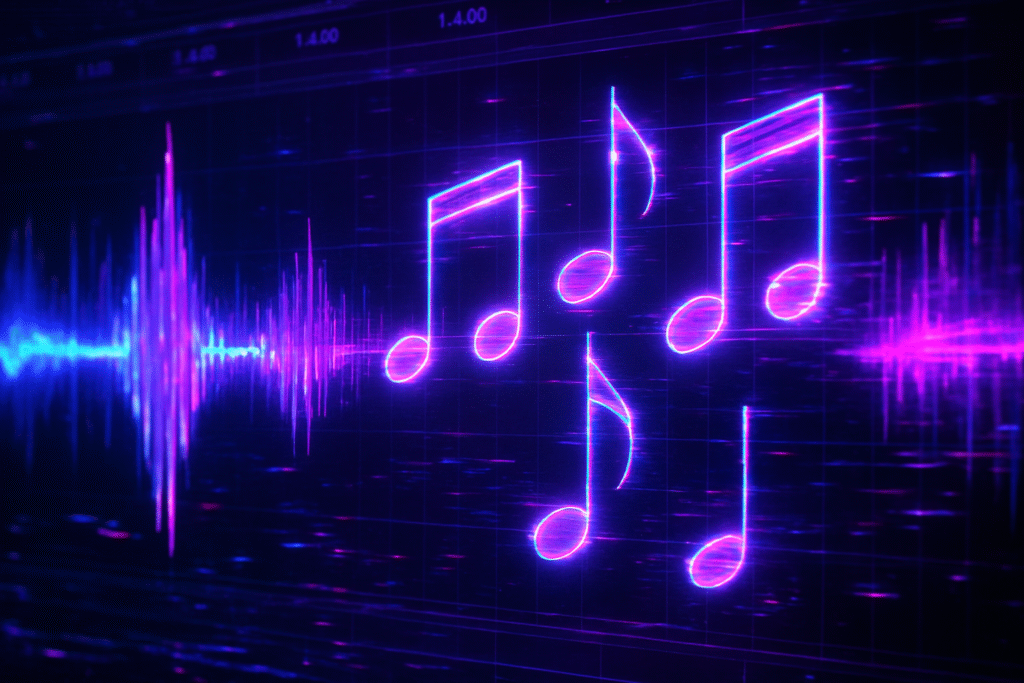
1. Training on Massive Music Libraries
AI models learn by studying thousands—even millions—of songs across genres. During training, they identify patterns in rhythm, melody, harmony, timbre, and song structure. This vast “musical knowledge” allows them later to mimic styles or invent new combinations when prompted.
2. Text-to-Music Pipelines
One technique powering the best generators is text-to-music synthesis—they turn descriptive text prompts into actual sound. Google’s MusicLM is the leader here. It uses a three-step token system:
- Text tokens: These are the words describing your music (e.g., “upbeat jazz with piano”)
- Semantic tokens: Concepts representing melody and rhythm extracted from training data
- Acoustic tokens: The actual audio waveforms that define what you hear
By combining these layers, MusicLM composes smooth, context-aware tracks. Similar models like Meta’s MusicGen and community-developed tools like Stable Audio use diffusion processes—starting from noise and refining audio until it matches your prompt.
3. Prompt Conditioning
The magic lies in the prompt. The AI responds to creative inputs such as:
- Genre: “Lo-fi hip-hop”
- Instruments: “with synth bass and saxophone”
- Mood: “chill, rainy day vibes”
This “conditioning” steers the AI’s generation toward a specific feel and style.
Top AI Music Generators of 2025
| Tool | Free Tier | Best Use Case |
|---|---|---|
| MusicLM | Limited | Academic & experimental use |
| Suno AI | 10 songs/day | Fast vocal tracks & song ideas |
| MusicGen | Unlimited (Open source) | Custom integrations & coding |
| Boomy | 25 songs/month | Hobbyists & royalty seekers |
| Beatoven.ai | 25 generations/month | Creators & streamers |
Real-World Impact: Who’s Using AI Music?
- YouTubers and podcasters rely on these generators for royalty-free backgrounds without hassling with copyright.
- Indie game developers quickly prototype and test soundtrack ideas.
- Content creators get quick jingles and theme music without a pricey composer.
- Even mainstream studios and popular artists experiment with AI for new creative directions.
This tech is democratizing music creation—breaking down barriers for anyone with a smartphone and an idea.
The Downsides and Ethical Gray Areas
However, not all is rosy. Here are some challenges:
- Artistic authenticity: AI outputs can be high-quality, but critics argue it lacks true emotional depth and intentionality that human composers bring.
- Copyright concerns: Since AI models are trained on existing music, questions arise about originality and ownership—do you own an AI-generated track if it leans heavily on learned pieces?
- Job impact: Musicians and producers worry about replacement risks, especially for session artists and composers of stock music.
- Bias in training data: AI tends to echo popular genres disproportionately, risking homogenising music styles over time.
Final Bruh WTF Take
AI music generators are a revolution disguised as a toy. They write songs at breakneck speed and open music-making to everyone—even if you’ve never played a single note.
But don’t mistake them for creative geniuses. Behind every AI track is a human mind guiding the tool, deciding what’s real music.
These systems will push music forward—and pull debate over creativity and ethics into the spotlight. For now, enjoy the beats, but keep your ears open for the next remix of AI and artistry.
FAQs
Q: Are AI-generated songs royalty-free?
A: Depends on the platform—some offer fully royalty-free, others require licensing checks.
Q: Which AI music generator produces the most human-like sound?
A: Tools like Suno AI and Google MusicLM currently lead in naturalness.
Q: Can I train my own AI music model?
A: Yes, but the cost of training large models can be millions of dollars. Most users fine-tune existing open-source models.
Ready to ride the AI music wave? This is your backstage pass.
Sources
AssemblyAI – What AI Music Generators Can Do (And How They Do It)
SoundGuys – Best AI Music Generators in 2025
EONSR – AI Music Generator Guide 2025
Beatoven.ai – AI Music Search Tools in 2025
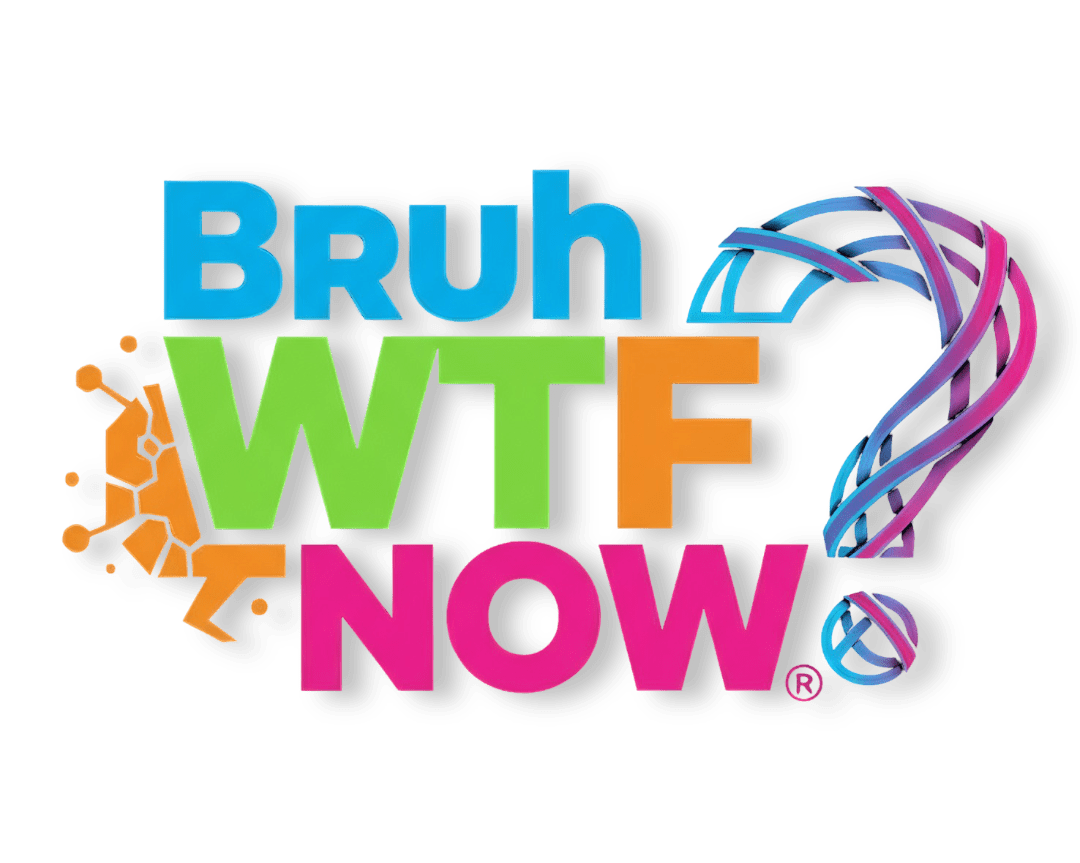



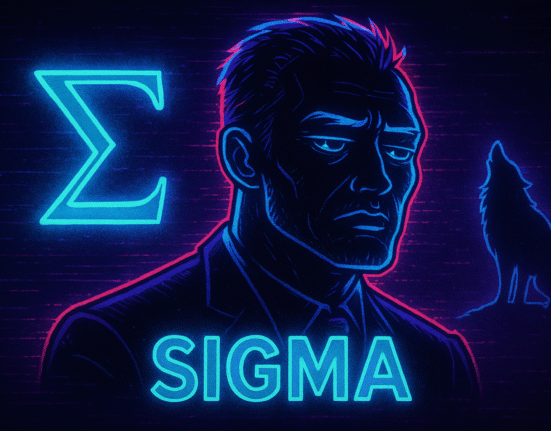
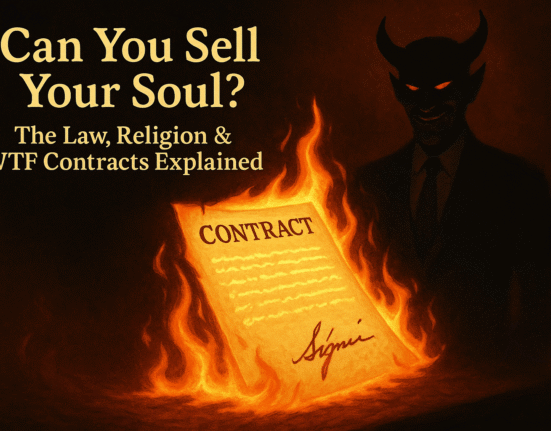
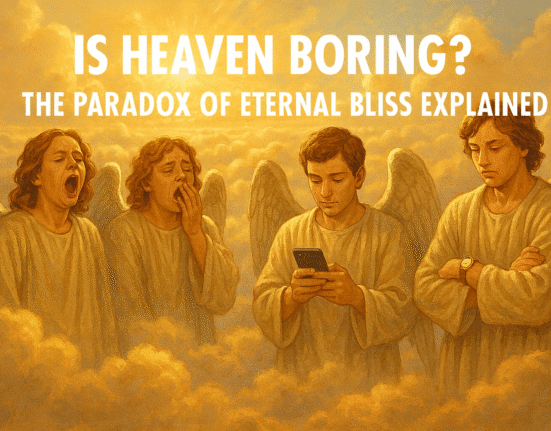
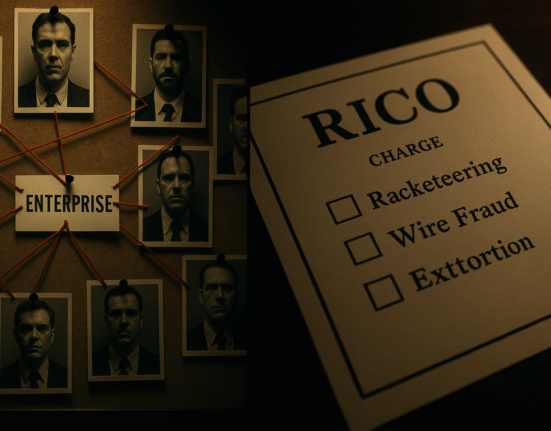
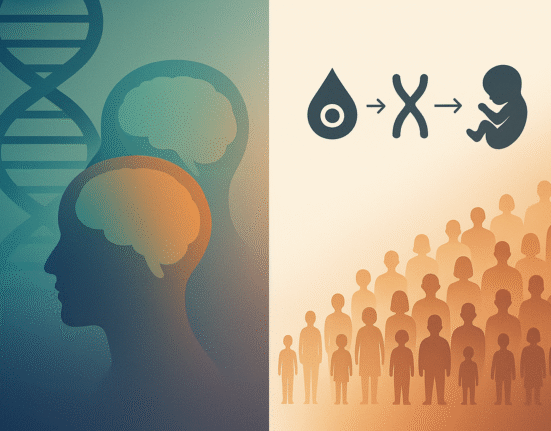
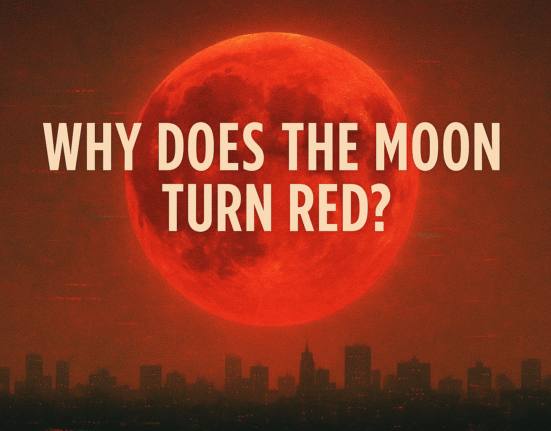
Leave feedback about this